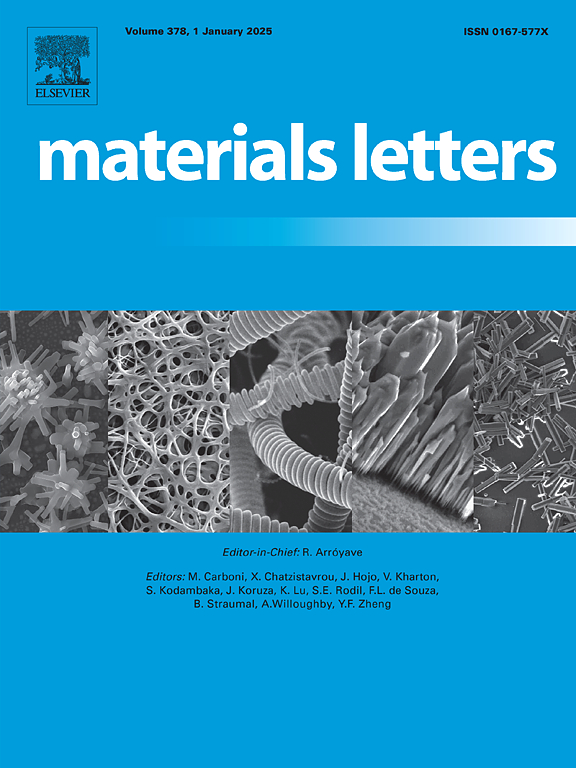Coal mining waste valorization in cement materials: A new approach to reduce soluble sulfates
IF 2.7
4区 材料科学
Q3 MATERIALS SCIENCE, MULTIDISCIPLINARY
引用次数: 0
Abstract
Pyritic coal mining waste (CMW), resulted from coal beneficiation, causes the oxidation of pyrite and consequent formation of ferrous sulfate and sulfuric acid (also known as acid mine drainage), which has become a problem for the coal sector. Despite the potential valorization of CMW in cementitious materials, its use in mortars is limited by the presence of sulfates that generate efflorescence in the final product. This study proposes, for the first time, the utilization of a granulometric fraction of CMW mixed with barium carbonate in cementitious blends to convert soluble salts into insoluble compounds (products) through a chemical reaction. Verifying of ionic conductivity before and after the addition of BaCO3 was used as an analysis parameter. BaCO3 reduced conductivity, increased the pH of the sampled fractions and suppressed the development of efflorescence in the produced cementitious mortars.
求助全文
约1分钟内获得全文
求助全文
来源期刊

Materials Letters
工程技术-材料科学:综合
CiteScore
5.60
自引率
3.30%
发文量
1948
审稿时长
50 days
期刊介绍:
Materials Letters has an open access mirror journal Materials Letters: X, sharing the same aims and scope, editorial team, submission system and rigorous peer review.
Materials Letters is dedicated to publishing novel, cutting edge reports of broad interest to the materials community. The journal provides a forum for materials scientists and engineers, physicists, and chemists to rapidly communicate on the most important topics in the field of materials.
Contributions include, but are not limited to, a variety of topics such as:
• Materials - Metals and alloys, amorphous solids, ceramics, composites, polymers, semiconductors
• Applications - Structural, opto-electronic, magnetic, medical, MEMS, sensors, smart
• Characterization - Analytical, microscopy, scanning probes, nanoscopic, optical, electrical, magnetic, acoustic, spectroscopic, diffraction
• Novel Materials - Micro and nanostructures (nanowires, nanotubes, nanoparticles), nanocomposites, thin films, superlattices, quantum dots.
• Processing - Crystal growth, thin film processing, sol-gel processing, mechanical processing, assembly, nanocrystalline processing.
• Properties - Mechanical, magnetic, optical, electrical, ferroelectric, thermal, interfacial, transport, thermodynamic
• Synthesis - Quenching, solid state, solidification, solution synthesis, vapor deposition, high pressure, explosive
 求助内容:
求助内容: 应助结果提醒方式:
应助结果提醒方式:


